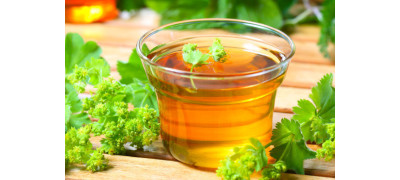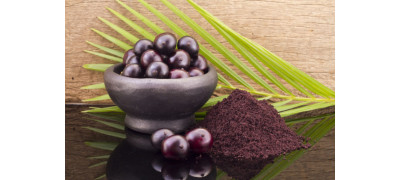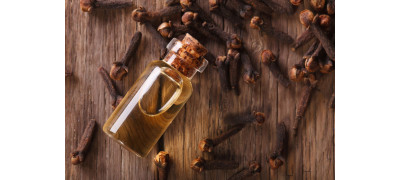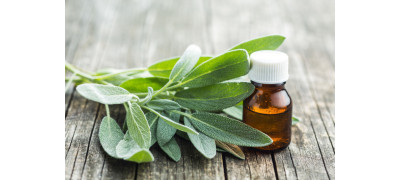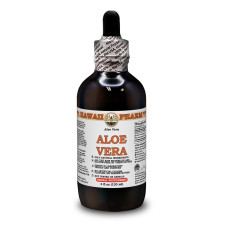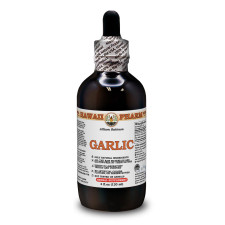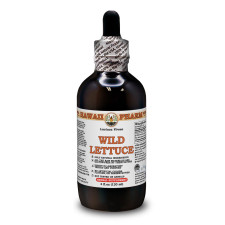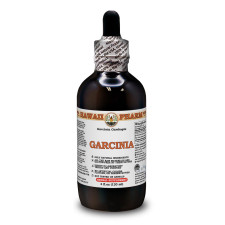- Home
- Alcohol Herbal Extracts
- Alcohol-FREE Herbal Extracts
- Veterinary Herbal Extracts
- Partnership
Partnership
We are open for cooperation with all interested persons or organizations. We have plenty of partners from all around the world and are looking for a long-term cooperation with new ones. At the present time we offer the following cooperation models:

WHOLESALER
We offer up to 30% discounts for wholesalers. The exact discount amount is dependent on your order amount, quantity and size of items. Minimum order amount is $300.

PRACTITIONER
Only for licensed practitioners! Create an account as practitioner and get special exclusive promotions. This kind of account is required manual approve.

AFFILIATE PROGRAM
Do you recommend us to your friends, family, colleagues and/or clients? If so: Thanks! We really appreciate it! Join our affiliate program. It’s by far the best way to monetize your Twitter or Facebook page, blog, or website.
- Blog
- Contact Us
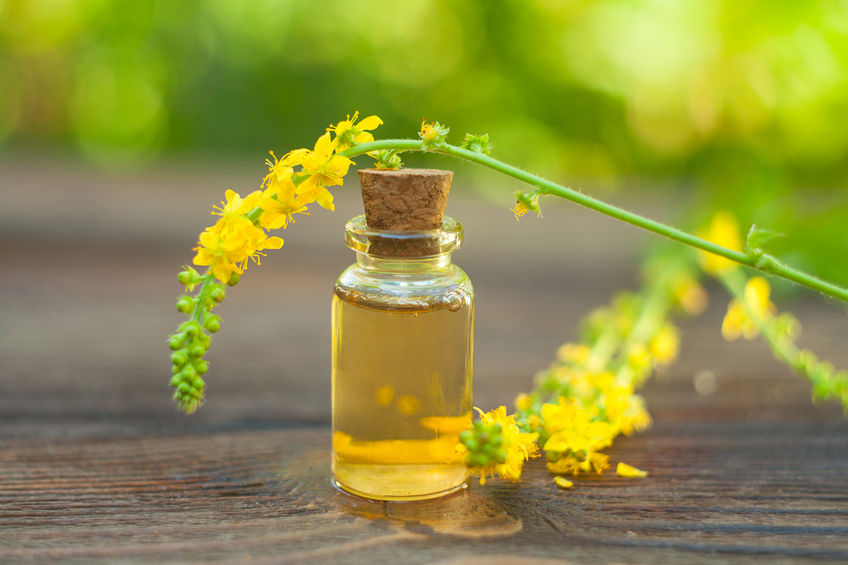
AGRIMONY: HERBAL MARVEL WITH TIMELESS BENEFITS
Agrimony (Agrimonia eupatoria) is a versatile herb that has been cherished for its myriad of uses throughout history. This unassuming plant, characterized by its slender stalks adorned with clusters of yellow flowers, is not only a visual delight but also a treasure trove of natural goodness. In this article, we will delve into the botanical characteristics, chemical composition, historical significance, general health benefits, and indications for use of agrimony, all while excluding specific mention of illness and diseases.
Botanical Characteristics
Agrimony, scientifically known as Agrimonia Eupatoria, belongs to the Rosaceae family, which includes many other well-known plants such as roses and strawberries. This herbaceous perennial plant is native to Europe and Asia but can also be found in parts of North America. Agrimony typically grows to a height of 1 to 3 feet and has a distinctive appearance with its alternately arranged pinnate leaves and erect, elongated spikes of bright yellow flowers. The leaves are deeply serrated, and the entire plant has a downy texture.
Chemical Composition
The diverse chemical composition of agrimony contributes to its wide-ranging therapeutic properties. Some of the key constituents found in agrimony include:
Tannins: Agrimony is rich in tannins, which contribute to its astringent properties. These compounds help tighten and tone tissues and can be beneficial in various applications.
Flavonoids: Flavonoids are antioxidant compounds found in agrimony. They play a crucial role in protecting cells from oxidative damage and promoting overall well-being.
Phenolic acids: Phenolic acids in agrimony, such as chlorogenic acid and caffeic acid, are known for their anti-inflammatory and antioxidant effects.
Volatile oils: The plant contains volatile oils like limonene, which contribute to its aroma and potential therapeutic properties.
Coumarins: Agrimony also contains coumarins, which may have anticoagulant and anti-inflammatory properties.
Historical Significance
Agrimony has a rich historical background, with its usage dating back centuries. Here are some noteworthy historical facts about this versatile herb:
Traditional Remedies: Agrimony has been a staple in traditional herbal medicine systems across Europe and Asia. It was employed to treat a wide range of ailments and is often cited in ancient texts as a valuable medicinal plant.
Magical and Superstitious Beliefs: In medieval Europe, agrimony was believed to possess magical and protective qualities. It was often used in charms and spells to ward off evil spirits and negative energy.
Culinary Uses: Agrimony was occasionally used in culinary preparations, such as making herbal teas and infusions, and as a flavoring agent in some recipes.
General Health Benefits
Agrimony offers an array of general health benefits, making it a valuable addition to one's wellness routine. Some of these benefits include:
Astringent Properties: The tannins in agrimony make it useful for soothing minor skin irritations, reducing inflammation, and helping to tighten tissues.
Digestive Aid: Agrimony has been historically used to support digestive health.
Anti-inflammatory and Antioxidant Effects: The flavonoids and phenolic acids in agrimony contribute to its anti-inflammatory and antioxidant properties, potentially aiding in overall health and well-being.
Mild Sedative: Some individuals have found agrimony to have mild sedative effects, which can be useful for promoting relaxation.
Indications for Use
Agrimony can be employed for various purposes, including:
Topical Applications: Agrimony can be used topically as a poultice or in herbal creams to soothe skin irritations due to its astringent properties.
Herbal Teas and Infusions: Dried agrimony leaves and flowers can be steeped in hot water to create a soothing herbal tea.
Bath Additive: Agrimony can be added to bathwater for a relaxing soak, promoting skin health and a sense of well-being.
Culinary Use: While not commonly used in modern cooking, agrimony has been historically employed as a flavoring agent and can be added to herbal blends for a unique taste.
Conclusion
Agrimony (Agrimonia eupatoria) is a remarkable herb that has stood the test of time, cherished for its diverse applications and historical significance. With its astringent properties, antioxidants, and mild sedative effects, agrimony can be a valuable addition to your holistic wellness routine. Whether used topically, consumed as an herbal tea, or incorporated into various preparations, agrimony continues to offer a myriad of benefits to those who appreciate the bounty of nature's pharmacy.
AMAZING LADY’S MANTLE
Lady's Mantle is found on almost the entire European territory, except for the southern regions, in the mountain forest, subalpine zones. It grows in rare mixed and pine forests, on wet meadows, along..
ACAI PROFILE
he flowers of Euterpe Oleracea are white and gathered in racemose inflorescence. Acai berries are the fruits of this tropical palm called Euterpe vegetable. ..
CLOVES: AN AROMATIC SPICE
The pungent and savory aroma of cloves makes any dish more appetizing and attractive. In fact, cloves are not only an important ingredient of many east Asian dishes but also a cure for a number of hea..
STUNNING SAGE
The very name of the plant "salvia" is translated from Latin as "to be healthy". Hippocrates considered this herb to be sacred. ..
Get exclusive deals you will not find anywhere else straight to your inbox!
Subscribe / UnsubscribeCookies policy
 We use cookies and similar technologies that are necessary to operate the website.
You can consent to our use of cookies by clicking "Accept..."
We use cookies and similar technologies that are necessary to operate the website.
You can consent to our use of cookies by clicking "Accept..."
Get exclusive deals you will not find anywhere else straight to your inbox!
Subscribe / UnsubscribeWe meticulously produce our extracts according to precise standards where each herb is extracted according to the distinct characteristic of each plant! Hawaii Pharm LLC offers the biggest choice of liquid herbal extracts in the World!

Hawaii Pharm LLC - Nature Heals. Highest Quality Herbal Products Since 2008.



